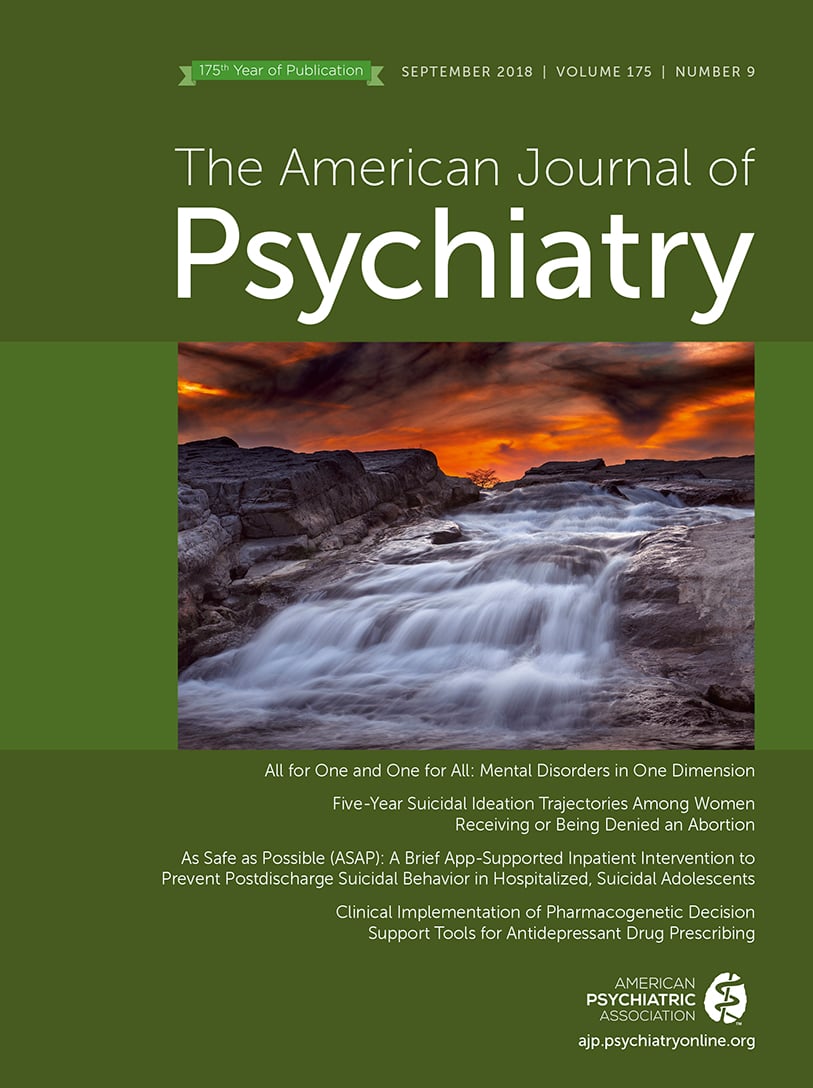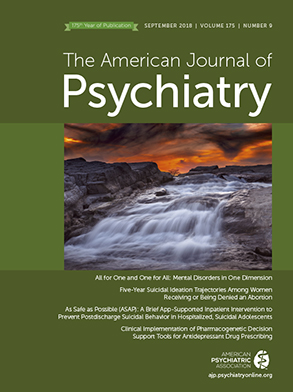You could be forgiven for inferring, from the sustained energy and resources that have been invested in the development of new behavioral interventions for addiction, that the transfer of those interventions into widespread practice—and the consequent improvement in population health—were well established phenomena. You would be wrong. There is abundant evidence that empirically supported treatments are not making their way into the community (
1–
3) and that very few of those in need of treatment receive it (
4). Kazdin and Blase (
5) sum up this state of affairs: “Despite advances, mental health professionals are not likely to reduce the prevalence, incidence, and burden of mental illness without a major shift in intervention research and clinical practice.”
In this issue, Kiluk et al. (
6) provide what may be the strongest evidence yet that technology-delivered treatment should be embraced as one such major shift. CBT4CBT is an interactive, visually rich computer-delivered intervention that uses videos of individuals (actors) struggling with substance use disorders to teach effective use of cognitive-behavioral therapy (CBT) strategies. Previous research has demonstrated CBT4CBT’s sustained efficacy as an adjunct to traditional services, with medium-sized effects over and above treatment as usual (
7–
10). Demonstration of superior effects compared with an active comparator is itself notable. However, as stated above, treatment as usual in the community may not reflect best practices; furthermore, treatment as usual in past CBT4CBT studies (as with the present article by Kiluk et al.) was largely group based. How might this computer-delivered intervention fare against individual therapy using a manualized empirically supported treatment?
To address this question, Kiluk et al. tested CBT4CBT plus weekly in-person monitoring against therapist-delivered, manual-guided CBT as well as against treatment as usual in a community setting. The findings are striking: 1) Participants assigned to either therapist- or computer-delivered CBT showed greater during-treatment reductions in substance use than those assigned to treatment as usual; 2) only CBT4CBT plus monitoring showed stronger effects than treatment as usual at 6-month follow-up; 3) participants assigned to CBT4CBT plus monitoring completed the most treatment sessions, and those in individual CBT the fewest; and 4) satisfaction and learning of CBT concepts were both highest in the CBT4CBT plus monitoring condition. These findings challenge the assumption that intensive individual therapist contact should always be seen as the best possible nonpharmacological option, with other approaches being only poor substitutes. Kiluk et al. show that technology combined with brief therapist contact may be at least as efficacious and more acceptable than either manual-guided or eclectic community-based alternatives.
But of course there is much more to be done. As always, research should identify moderators and mediators of any treatment effects (an endeavor Carroll and colleagues have already begun [
11,
12]), and should seek further replications with diverse samples. A number of specific questions should also be addressed. For example, how might CBT4CBT fare when accessed from participants’ own mobile devices (perhaps with online rather than printed homework, using text messages to prompt homework completion)? Is CBT4CBT equally efficacious for those not presenting at a specialty treatment center (for example, with patients identified via primary care)? Are effects similar if the check-ins take place by telephone, e-mail, text messaging, chat, or video chat? In a pragmatic trial offering participants a choice, what proportion would choose CBT4CBT, and would treatment effects be stronger among those given a choice of modality? Finally, what are the effects of CBT4CBT itself (eminently scalable in isolation) when divorced from the weekly check-ins?
We are not, or should not be, a field dedicated to change only via pharmacological or therapist-delivered means. We instead should be committed broadly to relieving the burden of addiction, with no more or less investment in any one approach than is merited by the data. In the case of technology-delivered interventions, cautious further investment appears warranted.

